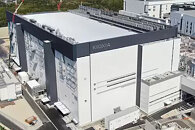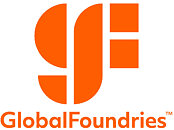Global Chip Industry Projected to Invest More Than $500 Billion in New Factories by 2024
The worldwide semiconductor industry is projected to invest more than $500 billion in 84 volume chipmaking facilities starting construction from 2021 to 2023, with segments including automotive and high-performance computing fueling the spending increases, SEMI announced today in its latest quarterly World Fab Forecast report. The projected growth in global factory count includes a record high 33 new semiconductor manufacturing facilities starting construction this year and 28 more in 2023.
"The latest SEMI World Fab Forecast update reflects the increasing strategic importance of semiconductors to countries and a wide array of industries worldwide," said Ajit Manocha, SEMI president and CEO. "The report underscores the significant impact of government incentives in expanding production capacity and strengthening supply chains. With the bullish long-term outlook for the industry, rising investments in semiconductor manufacturing are critical to laying the groundwork for secular growth driven by a diverse range of emerging applications."
"The latest SEMI World Fab Forecast update reflects the increasing strategic importance of semiconductors to countries and a wide array of industries worldwide," said Ajit Manocha, SEMI president and CEO. "The report underscores the significant impact of government incentives in expanding production capacity and strengthening supply chains. With the bullish long-term outlook for the industry, rising investments in semiconductor manufacturing are critical to laying the groundwork for secular growth driven by a diverse range of emerging applications."

































